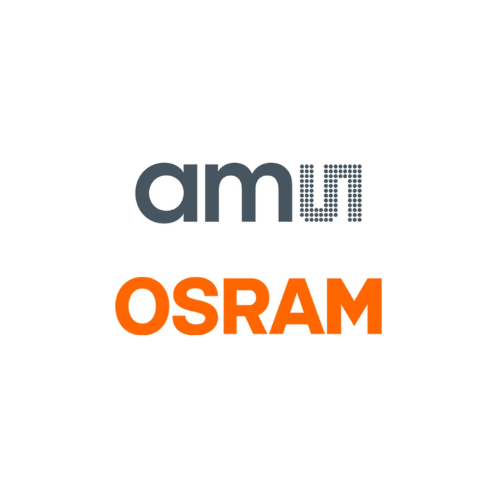

UV-C LEDs Reach a New Milestone
Ultraviolet-C light has become a proven tool for neutralising bacteria and viruses in air, water, and on surfaces. Today, most of that work relies on mercury-based lamps, which are effective but come with safety and disposal challenges. LEDs have long been seen as the cleaner, more flexible alternative, but their relatively low efficiency has held them back.
ams OSRAM has now announced a step forward that could change that picture. In testing, the company’s latest UV-C LED design reached a wall plug efficiency of just over 10 percent, almost double the level seen in earlier devices. Germany’s Physikalisch-Technische Bundesanstalt (PTB) verified the results, confirming that the efficiency boost is not just incremental but a genuine shift.
Performance at the Right Wavelength
The prototype devices run at 265 nanometres, the sweet spot for germicidal effectiveness, while delivering 200 milliwatts of optical power. Lifetime testing shows more than 20,000 hours of operation, placing the new LEDs in the same durability range as many high-power visible devices already on the market.
“We are increasingly focusing our research and development efforts on sustainable products. As a leading LED manufacturer, our goal is to unlock and continuously enhance UV-C LED technology to enable an ever-growing number of applications,” explains Dr. Ulrich Steegmueller, Senior Vice President Research and Development in the Opto Semiconductors business unit at ams OSRAM.
Engineers at ams OSRAM credit the gain to refinements in epitaxy as well as chip and package design. In particular, improvements in radiation extraction allowed more of the generated UV-C light to be directed outward, where it can be put to use in disinfection systems.
Toward Mercury-Free Disinfection
While mercury lamps are still entrenched in applications like municipal water treatment and medical surface cleaning, their environmental drawbacks are becoming harder to justify. With this efficiency milestone, UV-C LEDs are now positioned to take over a larger share of those roles, especially where compact size and design flexibility matter.
Commercial release is not immediate. ams OSRAM expects the new LEDs to reach the market by late 2026, but the achievement sets the stage for broader adoption. The company also holds more than 200 patents in the UV-C space, underscoring its long-term commitment to this technology.
What It Means for Engineers
For designers working in healthcare, HVAC, or consumer appliances, the efficiency jump could be the turning point that makes LEDs a serious contender against legacy lamps. It marks progress not only in optical performance but also in building a sustainable path forward for disinfection systems without mercury.
Learn more and read the original article on www.ams-osram.com
You may also like


